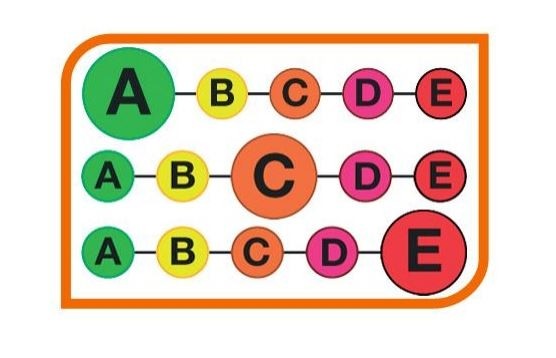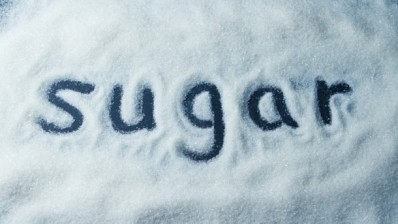French colour coded nutrition labels are ‘technically feasible’, says ANSES

ANSES was asked by the Directorate General for Health (DGS) to assess the feasibility of the colour coded labelling proposal submitted by Professor Serge Hercberg in January 2014 at the request of the minister of social affairs and health. The programme is based on the Rayner’s score system developed by the UK’s Food Standards Agency for profiling the nutrient content of foods and drinks.
“ANSES concludes that implementation of the nutritional score, as defined by Rayner et al. (2005), appears to be technically feasible but would require supplementary data in addition to the data whose labelling will become mandatory in 2016 under the EU regulatory framework,” it said in a statement.
In particular, it said that while the programme would allow consumers to compare products’ relative nutritional value within many food categories, this would not be the case for some food groups, notably non-alcoholic soft drinks, fats, cheeses, fruit purées, chocolates and chocolate-based products.
The colour coding takes into account saturated fat, sugar, salt and calories – and in some circumstances protein, fibre, fruits, vegetables and nuts – and combines the results on a five-point scale with dots coloured green, yellow, orange, pink or red. A red dot indicates a product that should be consumed rarely or in limited quantity, while a green dot indicates one that should be consumed daily or in greater quantity.
Oils, cheeses and soft drinks have currently been excluded from the colour coded system, and are expected to be covered in a future proposal.
ANSES also emphasised that its analysis of the system was only concerned with its feasibility and did not aim “to evaluate the relevance of using this tool for nutritional labelling, nor its capacity to inform the consumer, to induce changes in behaviour or in the food offer, or its overall relevance with regard to public health”.






